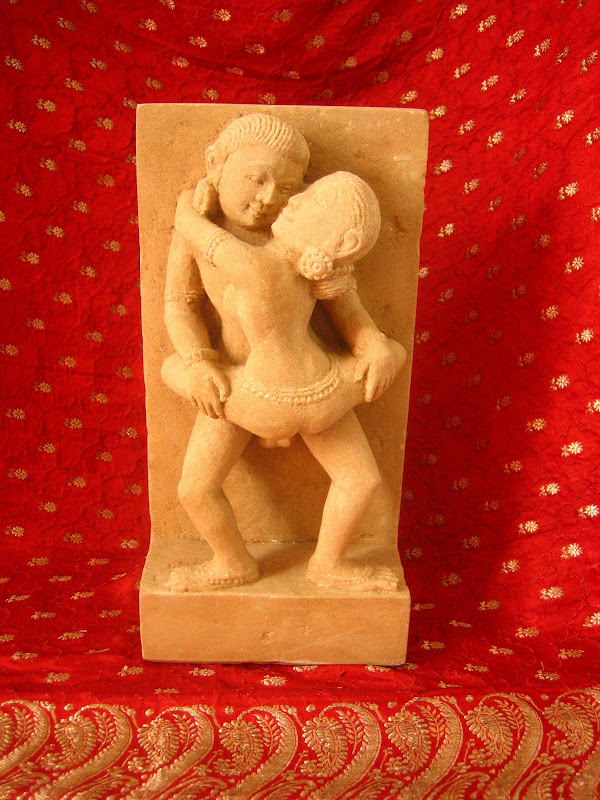 Many Westerners associate the word tantra with traditional sexual practices that have been adapted to appeal to a popular audience. However, tantra developed in the early centuries A.D. as a major form of Indian spiritual practice and thought. Believing that absolute reality and the relative world of the senses are inseparable, tantrikas (practitioners of tantra) use the senses —including the practice of ritual sex — as gateways to spiritual realization. Needless to say, such an approach has its pitfalls; whereas yoga and Buddhism can veer toward life-denial, tantra can be confused with sensual indulgence.
Many Westerners associate the word tantra with traditional sexual practices that have been adapted to appeal to a popular audience. However, tantra developed in the early centuries A.D. as a major form of Indian spiritual practice and thought. Believing that absolute reality and the relative world of the senses are inseparable, tantrikas (practitioners of tantra) use the senses —including the practice of ritual sex — as gateways to spiritual realization. Needless to say, such an approach has its pitfalls; whereas yoga and Buddhism can veer toward life-denial, tantra can be confused with sensual indulgence.Tantric meditation frequently involves practices for awakening the kundalini shakti, believed to be a powerful energy associated with the divine feminine that resides at the base of the spine. Once stimulated, the shakti rises through an energetic channel located in the spine and activates and opens each of the seven energy centers, or chakras, in its path. These centers, which vibrate at different frequencies and are associated with different physical and psychological functions, are located at the perineum, the genitals, the solar plexus, the heart, the throat, the forehead, and the crown of the head, respectively. Ultimately, the shakti may erupt through the crown chakra in a burst of ecstasy. At this point, the practitioner realizes his or her identity with the Divine, while still fully contained in a physical body.

No comments:
Post a Comment